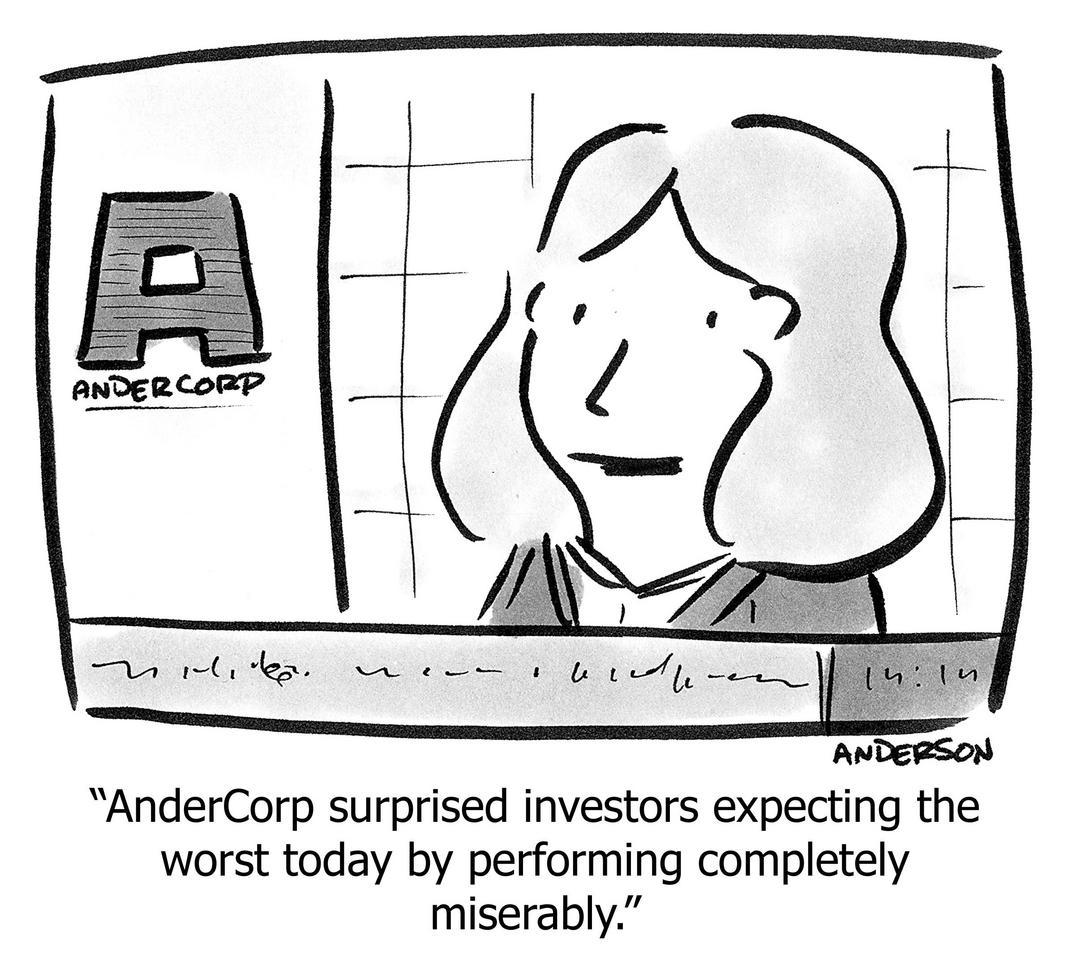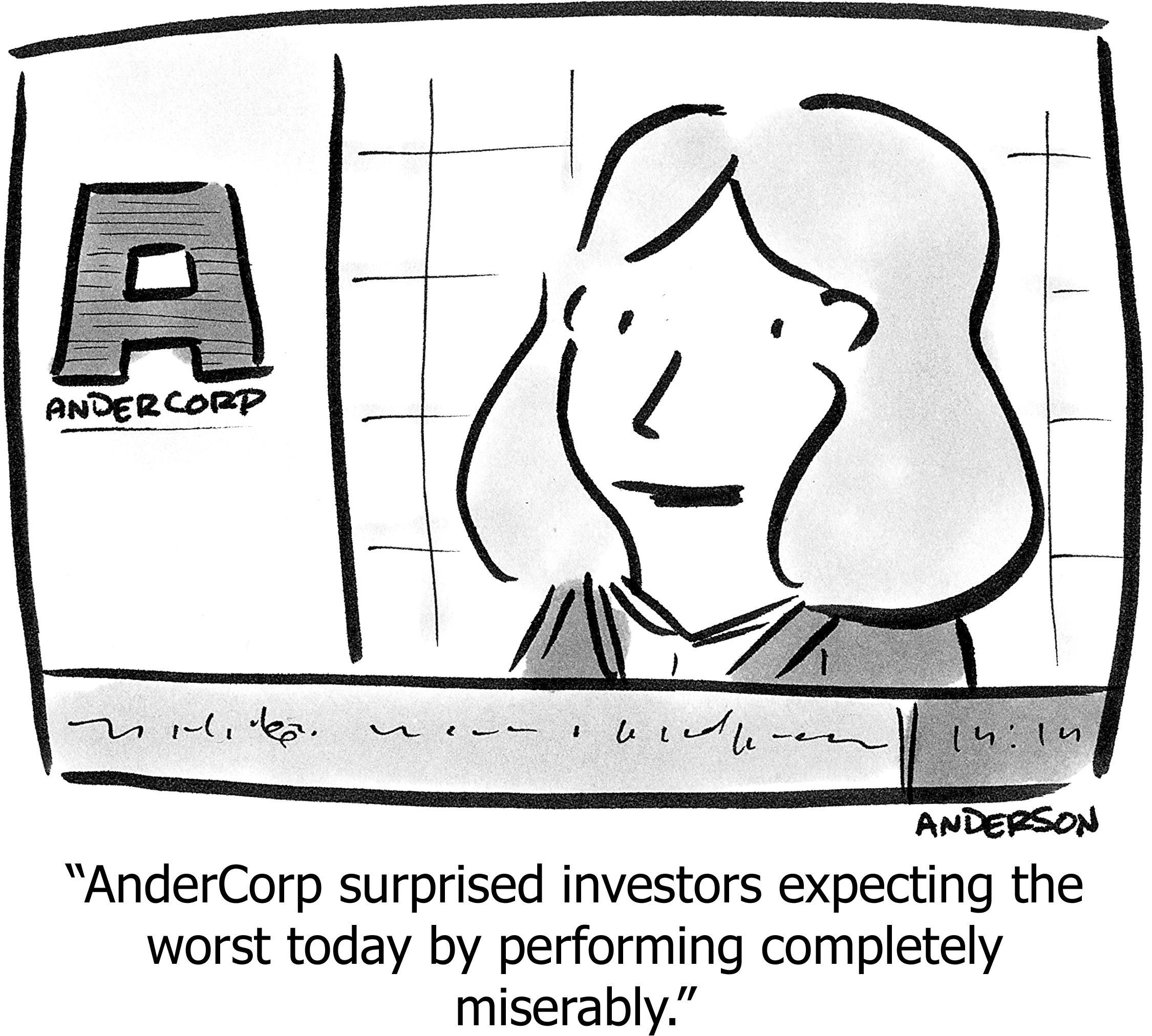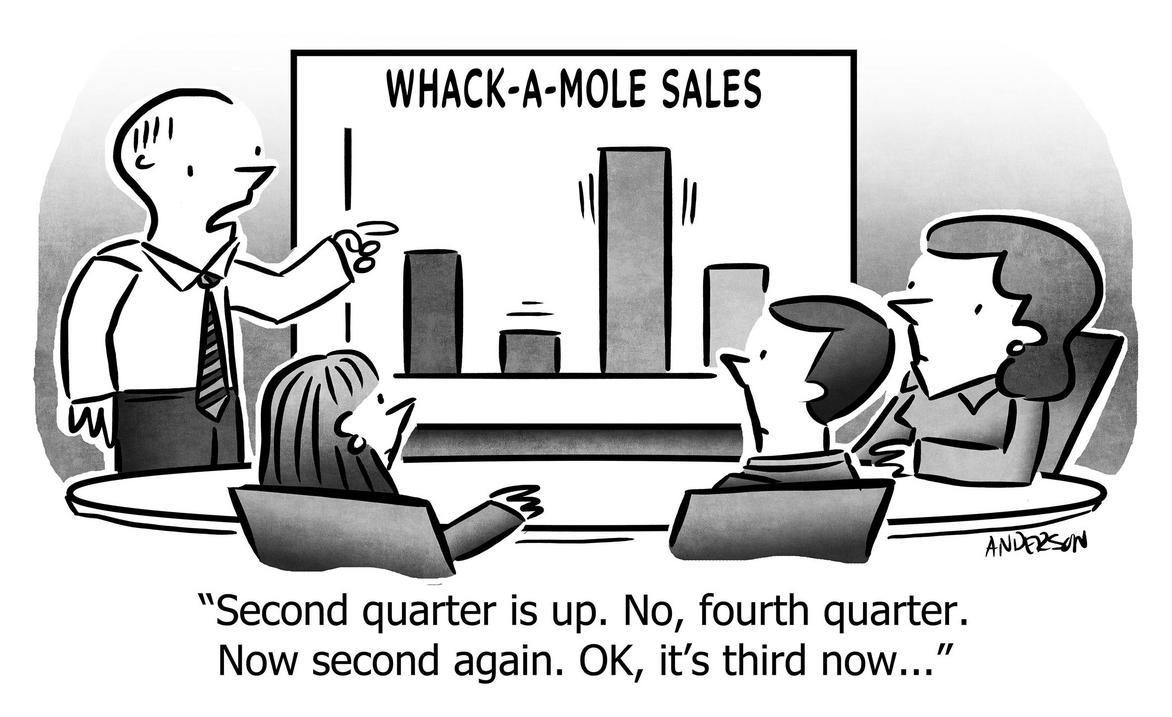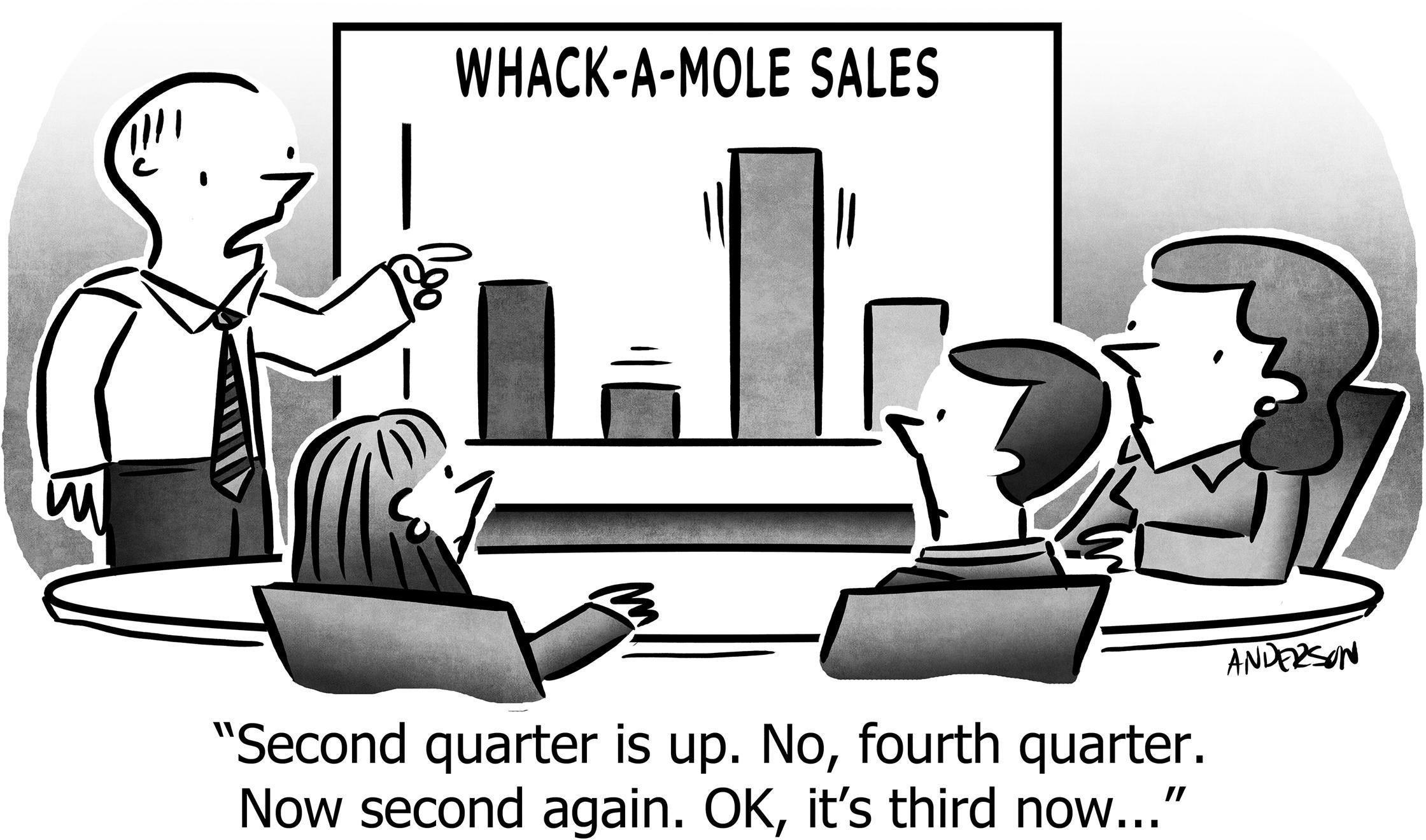Deciding whether an investment is worthwhile
Whether it’s your career path, which job to take for the next four years, investing in your personal brand, creating a startup, or investing in a startup, the question is:
How do I decide which investment is worthwhile?
I’m defining an “investment” as distinct from other bets by having these characteristics:
- Spending time and money and reputation for months or years, hoping for a large return in the far-future.
- Can do only 1-2 of these simultaneously, because you are “all in.”
- Because the future is uncertain, there is significant risk: Whether it will pay off at all, and if so, by how much.
This is in contrast to short-lived experiments, like a bet in poker, an A/B test, or making a brochure for a product concept to see whether people will buy it. Bets, experiments, and trials are excellent techniques, but by “investment” I mean a big commitment (time, money, reputation, opportunity cost), over a long time-frame, with a large potential payoff, under conditions of uncertainty.
Tackling this combination of constraints leads to a framework for evaluating which investments are worthwhile.
Don’t use “Expected Value”
Economics instructs us to use “expected value” to evaluate investments. This is almost always the wrong tool for the job.
The theory appears sound: “Expected value” means multiplying the value of the outcome by the probability of attaining that outcome, resulting in a single number that encompasses both risk and value; a “risk-adjusted value,” as they say in finance.
Let’s take an example to see why this number isn’t useful for evaluating investments.
Investment “A” requires you to spend $50,000, and takes an entire year of your life. The payoff is $1,000,000. Furthermore, the probability of payoff is 100%—it’s a signed contract with cash in an escrow account. Therefore, the “expected value” is $1M,1 and the return on our investment is 20x.2
Great investment! Now consider investment “B”—you also spend $50,000 and a year of your life, and this time the payoff is a whopping $10M, but the probability of that payoff is only 10%. The other 90% of the time, you receive no money at all. The “expected value” is also $1M,3 the same as investment A. And therefore investment B is also a 20x payoff.
1
Because 100% ✕ $1M = $1M
2 Because the $1M expected value is 20 times the cost of $50k.
3
Because (10% ✕ $10M) + (90% ✕ $0) = $1M
Perhaps you already see the flaw in the logic. With investment B we will almost certainly lose money and lose a year of our life, yet we’re still claiming it represents a “20x payoff.” We’re also claiming that B is economically indistinguishable from A.
But unless you already have many millions of dollars in the bank, you probably wouldn’t pick investment B, because investment A is a guaranteed life-changing amount of money, while B is almost certainly a waste of a year and $50k. They are not even remotely equivalent.
It’s even worse in real life because you rarely know either number—neither the risk nor the payoff. Whether it’s the stock market, a startup, or whether a certain career path will still be lucrative in ten years, even experts can’t predict probability or outcome. So, what garbage numbers are you multiplying together to get “expected value,” and isn’t the result even worse garbage?
There is one case where expected value is the right tool: A portfolio of bets. When a VC invests in twenty companies, when you write 100 newsletters and 1000 tweets, when you play 1000 hands of poker, when you have a balanced, uncorrelated financial portfolio, then you’ll have some winners and some losers, and they roughly balance out, and therefore an “average” like expected value is indeed what you should expect. This relative stability in outcome is why a portfolio of asymmetric bets is a good strategy. The types of investments covered in this article aren’t like that—e.g. what job to take next, what startup you’re going to spend your savings on—but if you can place a number of uncorrelated4 bets, then expected value becomes useful.
4 Correlation is a key factor which often brings down portfolios, including angel, VC, and financial. “Correlation” means “as goes one, so very likely goes the other.” In that case, you’re back to the original scenario. Only if they are independent—like successive coin flips—can you employ “the average” to determine the likely total result.
Mandate an outsized payoff
In the success case, the investment must have an enormous payoff.
If the payoff isn’t huge, then it’s not worth the (unknown!) risk. Not just the risk that it pays off at all, but the magnitude of the payoff. When it can pay off 10x or 100x, or when it can be life-altering, then even if you fall short of the goal—only 3x or only life-improving—then it was still worthwhile.
If riskier investments could be counted on to produce higher returns, they wouldn’t be riskier.
—Howard Marks
How do you define “enormous?” How can you calculate the payoff, especially with things like career paths?
Use Fermi estimation. As I also suggest for ROI calculations, probabilities, and evaluating markets, estimate to the nearest power of ten. Estimation in detail is difficult and often incorrect; estimating to the nearest power of ten is easy, often requiring little research.
For example, if one career path means earning 50% more per year for ten years (after you get established), that’s 10x more earning power over your career. Or a startup targeting a small, stagnant niche might someday be worth $1M, whereas a small software company in a larger, growing space could be worth $10M.
You’ll be tempted to round up; in fact I just did in the “50% more earning power” example. Don’t do that, because you’re exaggerating how good the investment is; typically if there’s any error, it’s in the direction of being less valuable. If, for example, your main career goal is to maximize your earning power, then “50% more” is not good enough; you need to find a different route that potentially doubles your current trajectory.5
5 2x more for 10 years is actually 20x of course, but now rounding down to 10x makes sense, especially since it might not be 2x exactly and it might take a few years to ramp up.
This is the same logic as selecting Rocks in the Rocks, Pebbles, Sand prioritization framework. Your large personal investments are Rocks, and must be evaluated accordingly.
Accumulate value over time
For the payoff to be large, value needs to accumulate, which means it needs to be possible to add value reliably, and for value-already-added to not erode quickly. At a minimum, value must accrete, but ideally you construct a positive feedback loop, where growth or size itself begets more growth.
Social media and SEO are like this—the more you write, the more others interact with you, the more others link to you, the more attention you get, the more traffic you get, which makes it easier to get more attention and interactions. Writing consistently increases your ability to write well and often, and thus there is a positive feedback loop of growth and value.
Product companies are like this, especially with the recurring-revenue business model, where the revenue grows so long as each month there are more customers starting to use the product then there are stopping, which will happen so long as you’re making a product that people truly want and love. (Here’s my roadmap to Product/Market Fit for how to build such a company.)
Consulting and professional services companies are often not like this. You’ll have regular customers, but the reason consulting companies and accounting and law firms are often valued around 1x revenue or less, while SaaS companies with similar growth-rate are valued at 5x−10x revenue, is because the work you do for a client isn’t accumulating and applying automatically to all other clients, and consulting companies are hard to scale.
The most powerful force in the universe is compound interest.
—Albert Einstein.
Some people insist that investments must be exponential, but often they don’t understand what that means, believing for example that “viral products” are exponential, when in fact they are not. Exponential is wonderful of course, but not required, and in fact is probably a red herring for most ventures.
Stable success conditions over ten years
Just because the world values something today, doesn’t mean it will be valued ten years from now. If you spend 3-5 years investing, expecting a payoff in the subsequent 5 years, the world had better still value that thing during years 5-10.
This summarizes Jeff Bezos’s famous explanation of why Amazon’s strategy has always been based on “what will not change.” He articulates it so well, I’ll leave it here without further commentary (except my emphasis, in bold):
I very frequently get the question: “What’s going to change in the next 10 years?” And that is a very interesting question; it’s a very common one. I almost never get the question: “What’s not going to change in the next 10 years?” And I submit to you that that second question is actually the more important of the two—because you can build a business strategy around the things that are stable in time. … [I]n our retail business, we know that customers want low prices, and I know that’s going to be true ten years from now. They want fast delivery; they want vast selection.
It’s impossible to imagine a future ten years from now where a customer comes up and says, “Jeff, I love Amazon; I just wish the prices were a little higher.” “I love Amazon; I just wish you’d deliver a little more slowly.” Impossible.
And so the effort we put into those things, spinning those things up, we know the energy we put into it today will still be paying off dividends for our customers 10 years from now. When you have something that you know is true, even over the long term, you can afford to put a lot of energy into it.
— Jeff Bezos, 2012 (it’s been 10 years since this quote, so we can confirm in retrospect that this was indeed the correct analysis.)
Align with global trends
If the best investment is in something that doesn’t change, the next best is aligned with a global trend with sufficient momentum that it is unlikely to change soon, if ever.
For a startup, you want to be in a large, growing market. This maximizes the number of niches you might find traction in, without triggering a reaction from a large incumbent. It maximizes the number of marketing channels you might be able to leverage. It means people are already spending money, so you’re answering “why buy from me” rather than “why should I allocate budget for this at all” or arguing against “that’s a problem but not a priority” or evangelizing against “I never heard of that problem.” It means the pie is growing, even if your percentage of the pie is small.
Other current trends are the increase in virtual and distributed workforces, the increasing average age of humans on Earth, the increase in physical delivery services and online shopping, the increasing global demand for health care, education, and energy, and of course the rise of AI in unlocking novel features and capabilities for products and services that are changing the nature of work and life.
The stock market is a device for transferring money from the impatient to the patient.
—Warren Buffett
A trend you can depend on is either (a) so large today that it would take a decade to change significantly, or (b) is growing so fast (e.g. at least 5x in next 5 years) that it will be a strong trend even if your growth estimate is significantly wrong.
Have an “edge”
Why should you make this investment, not someone else? A good investment, that you cannot execute with excellence, isn’t a good investment for you.
What’s your edge?
In financial or startup investing, the edge is often your ability to evaluate the risk. You might understand that a certain execution in a certain product in a certain market carries lower risk than others know. This is an edge, though it is a rare one, in part because even experts are bad at evaluating risk (and the majority of VC funds lose money, and Angel investors are worse).
More likely it’s something special about your execution. I’m avoiding the word “unique,” because although it’s great if you’re truly unique in some way, this is rare, and in fact unnecessary. You should, however, leverage your strengths so that you have an edge, despite also being worse in most other areas.
One way to be special is to be the top 0.1% in the world at something (e.g. Olympic athlete), but that’s probably not what you are. The other way, and the way available to all of us, is to be in the top 25% at a few uncorrelated6 things, which together creates a special edge.
The quintessential exponent of this idea is Scott Adams, writer of the Dilbert cartoon and now political activist, who points out that he is a decent illustrator but not great, a decent humorist but worse than any comedian on Netflix, and has held jobs in the tech sector, which almost no artist or comedian has done, and therefore it is at the intersection of those three “circles of competence” such as that he gives something unique to the world.
6 For example, being great at both math and computer programming doesn’t make you any more special, because those often occur together, whereas being artistic and great at programming places you in a much more elite group.
“Passion” can be part of an edge, but it is not enough. Passion creates motivation, which is especially important when you’re persevering through difficult times. However, having passion doesn’t mean the risk is low, the payoff is high, the market is good, the customers are there, the product is desirable, or the career is lucrative.
Having an edge reduces risk while increasing not only the potential size of the payoff, but your own personal fulfillment, because it puts you at the center of what you love, what you’re good at, and what the investment needs to be successful. If you’re not sure what your edge is, here are some questions to ask yourself.
Align with your long-term vision
If you run quickly in the wrong direction, that’s not progress.
If you make investments that pay off, but the pay-off isn’t what will make you proud, or happy, or fulfilled, or rich, or whatever your goals are, then it’s not a good investment.
If you don’t have a long-term vision for yourself, consider making one. Taylor Pearson has some great advice on how to make a vision and how to set short-term goals against it. See also the last section of my article on fulfillment, with a series of questions that help you discover what you love and hate.
In much of my life, I haven’t had a vision. Fortunately, my path has largely been in the right direction anyway, but I wonder how much of that is due to luck.
Best not to leave it to luck.
Good investments are rare
With all these restrictions and rules, it’s hard to find a good investment!
Given our size, we see few good things [to invest in]. If we were smaller, then we’d see lots of good things.
—Warren Buffett
Yup. Most startups fail. Most VC portfolios lose money. 80% of day-traders lose money.
That’s why it’s so important to adhere to these guidelines—because most investments aren’t right for you, and you don’t want to spend the next five years doing the wrong thing.
Of course you’ll never know if you made the best choice, even with hindsight. So the goal isn’t to make the “best choice,” but rather to make an excellent choice. To invest wisely, with the information you have.
Good luck!
https://longform.asmartbear.com/investment/
© 2007-2025 Jason Cohen
 @asmartbear
@asmartbear Simple eReader (Kindle)
Simple eReader (Kindle)
 Rich eReader (Apple)
Rich eReader (Apple)
 Printable PDF
Printable PDF








